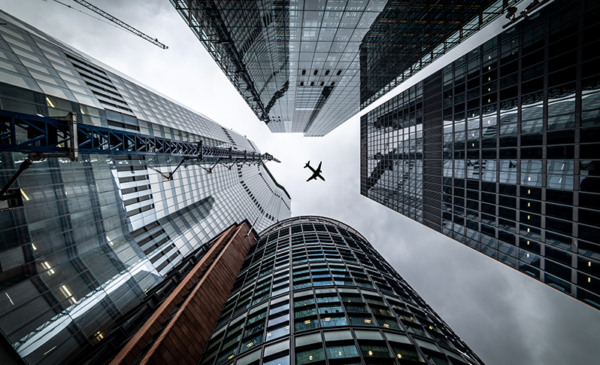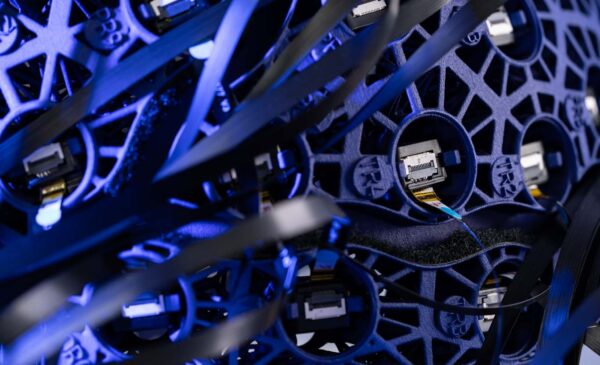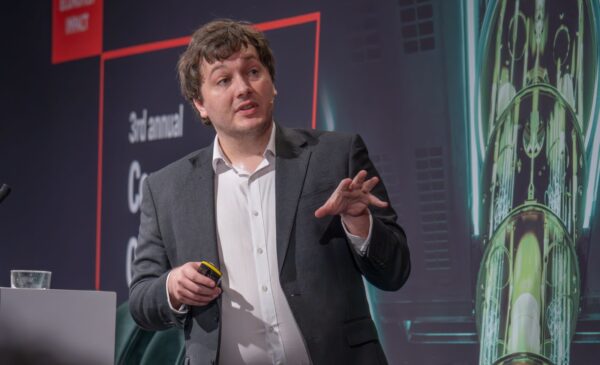Flying taxis sound improbable but are actually just a short time away from being realised. A recent Economist article highlighted the growing investment being poured into this new vehicle sector across the world, and in the UK, start-up company Vertical Aerospace have announced their collaboration with Rolls Royce to launch their flagship Urban Air Mobility (UAM) electric aircraft.
But disruptive innovation, particularly in an unexplored field, requires discussion around governance and monitoring. Substantial air traffic is a likely possibility in dense areas such as around airports, and designated routes, as well as real-time, resilient and highly accurate monitoring systems, will be required to ensure precise situational awareness.
Researchers at the UK Quantum Technology Hub Sensors and Timing are developing quantum-enabled radar technology, which is currently being tested from the roof of a University of Birmingham campus building to help examine the movement of drones and birds in the airspace. The radar combines incredibly precise quantum science with compact atomic clock oscillators.
These oscillators provide the high precision and low signal noise required for the radar to detect small, slow moving objects at longer distances, and even in cluttered environments. Alongside general monitoring of airspace, quantum radar would be a crucial technology in identifying unmanned aircraft misuse which would potentially put other vehicles in the air and all those beneath at risk.
Hub academics are now developing a novel networked radar system, which would transform surveillance by providing much greater coverage in highly congested environments. The next step for researchers at the Hub is the installation of a second radar on the campus in the autumn, which will represent the next step towards a quantum-enabled radar detection system.




